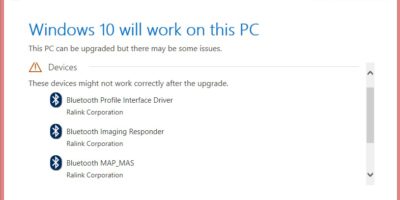The Power of A/B Testing: Unleashing Data-Driven Decisions
In an era where digital transformation is accelerating at an unprecedented pace, businesses are constantly seeking methods to optimize their online presence and maximize user engagement.
One of the most effective strategies to achieve these goals is A/B testing. This powerful technique allows companies to make data-driven decisions by experimenting with different variations of their digital content and measuring their performance.
What is A/B Testing?
A/B testing, also known as split testing, is a method of comparing two versions of a webpage, app, or other digital content to determine which one performs better in terms of user engagement and conversion rates. The process involves creating two or more variants (A and B) and randomly directing a segment of users to each variant. The performance metrics of these variants are then analyzed to identify the most effective option.
The Process of A/B Testing
1.
Identify Goals: The first step is to identify clear, measurable goals.
Whether it’s increasing click-through rates, improving user engagement, or boosting sales conversions, having a specific target is crucial.
2. Hypothesis Creation: Based on data analysis and user feedback, create a hypothesis about what changes could improve performance. For instance, you might hypothesize that a different call-to-action (CTA) button color could increase click-through rates.
3.
Design Variants: Develop the different versions of your content.
Keep changes minimal to isolate the impact of specific elements. For example, if you’re testing a webpage, only change the headline or CTA button.
4.
Sample Segmentation: Randomly divide your audience into segments to ensure unbiased results. Each segment will interact with a different variant of your content.
5. Run the Test: Launch the test and collect data over a specified period. Ensure that the test runs long enough to gather statistically significant data.
6. Analyze Results: Evaluate the performance of each variant using key metrics. Tools like Google Analytics, Optimizely, and VWO can provide detailed insights into user behavior and engagement.
7. Implement Findings: Once the winning variant is identified, implement the changes across your digital platform. Continuous testing and iteration can further refine your strategies.
Benefits of A/B Testing
1.
Data-Driven Decisions: A/B testing eliminates guesswork by providing concrete data on what works best for your audience.
2. Improved User Experience: By continually optimizing content based on user responses, you can enhance the overall user experience, leading to increased satisfaction and loyalty.
3. Higher Conversion Rates: Small changes, such as altering a headline or image, can significantly impact conversion rates, ultimately boosting revenue.
4. Cost-Effective: A/B testing allows you to make incremental changes and optimizations without overhauling your entire digital strategy, saving both time and money.
Challenges and Considerations
While A/B testing offers numerous benefits, it also comes with challenges. Ensuring statistical significance, avoiding biased sample segmentation, and interpreting results accurately are crucial for deriving meaningful insights.
Additionally, A/B testing should be an ongoing process, as user preferences and market conditions constantly evolve.
In the competitive digital landscape, A/B testing stands out as a robust tool for enhancing user engagement and driving business growth. By making informed, data-driven decisions, companies can not only improve their digital content but also better meet the needs and expectations of their users. As the digital world continues to evolve, A/B testing remains an indispensable strategy for staying ahead of the curve.





